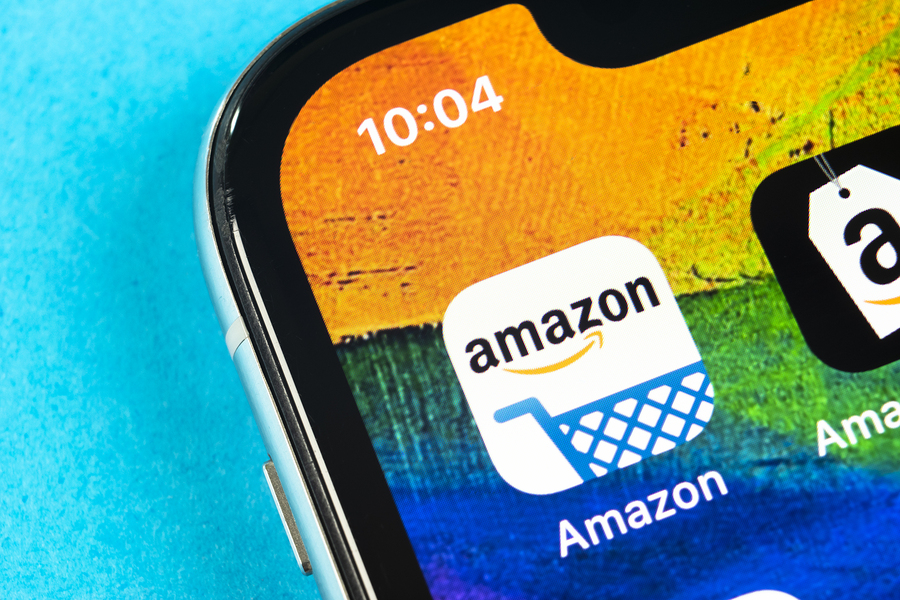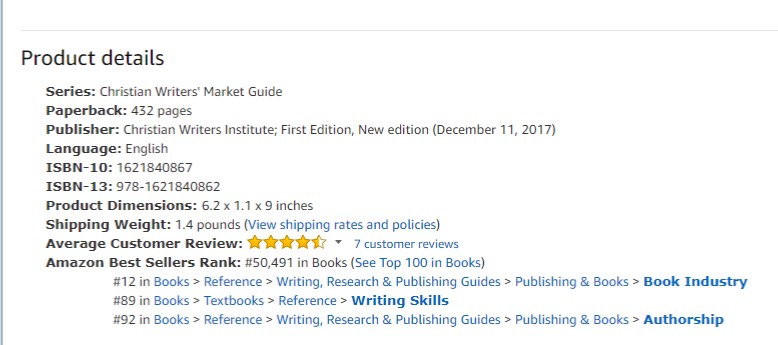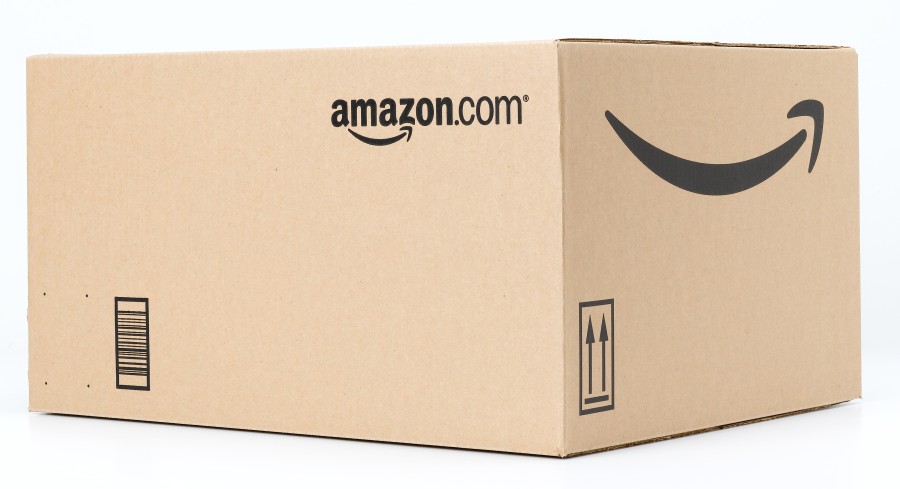Last week Amazon released their quarterly and annual sales and profit report. If you want to read the entire press release, you can find it at this link: Amazon Press Release. If printed out it would be about 25 pages of financials. My notes here are to highlight a few things and make some observations.
The sheer size of the company is staggering. Sales in 2019 increased 20% (!) over the prior year to a total of $280 billion … with a “b.” That looks like this: $280,000,000,000. If a stack of a billion one dollar bills is 67.9 miles high, the stack for Amazon’s sales in 2019 would reach 19,012 miles into the sky. Or, you could circle the entire earth five times.
If you were to spend $1,000 a day on Amazon, it would take you 28 million days to spend 280 billion dollars. That would keep you busy for about 76,712 years.
That is a lot of one-dollar bills.
That’s a lot of books, diapers, batteries, electronics, whatchamacallits, and whatevers.
Their net profit on that $280 billion was $11.6 billion or about 4%. A 4% profit is actually rather normal for operations that run on a “volume” business model. They make less per sale in order to drive overall sales. Some grocery stores and bulk clubs operate similarly.
They do not break out their product lines, but they do reveal in the press release that net product sales were $160 billion and net service sales were $120 billion. I cannot speak with authority, but I suspect the service sales include their cloud computing sales and subscription services like Prime. (A closer look shows that AWS, their cloud service, had $35 billion in revenue.)
They spent $40.2 billion on fulfillment and $18.8 billion on marketing. And $35.9 on “technology and content.” Could that include what they spent on original film and licensing fees for Amazon Prime video?
Speaking of Prime. They claim over 150 million paid Prime members around the world. Each paying $100 or so for access to special freight discounts, delivery services, Prime media, etc. That accounts for around $1.5 billion in revenue.
No matter what you think of Amazon, these are some jaw-dropping statistics.
They wield a lot of power in any retail space, not only books. In fact, books are but a blip on the entire revenue picture we see here.
Observations
We can debate (but we won’t do that here, please) the merit or lack of merit of Amazon. We can complain and praise in the same breath. But there is one fact we cannot ignore.
Amazon is here to stay.
(At least for the foreseeable future.)
That means we must deal with the beast as best we can. I caution every author about putting all their eggs in the Amazon basket (so to speak). They can change the rules overnight like they did in 2014 when they suddenly reduced the author royalty rate for audio books–back before audio was a hot commodity. (I blogged about that royalty reduction here.) Be careful to diversify if you can, just in case.
By the way, if you are a published author, make sure you have an Author Central account set up and claim your books. It’s like a mini-author website embedded inside Amazon.com. Take advantage of this free service. (Read Randy Ingermanson’s great article about it in this archived e-zine.)
Remember that Amazon is not the only place people shop. For example, Walmart had revenue of $514 billion in 2019, which makes them much larger, by revenue, than Amazon! But because they don’t have as robust or comprehensive of a book department, we don’t talk about them as much in our industry.
By comparison, Macy’s had $25.7 billion in sales in 2019, Best Buy had $42.9 billion in sales, and PetSmart had $6.4 billion in sales. And those are only three that were easy to look up.
As for our industry, Amazon continues to have a deleterious effect on brick-and-mortar bookstores. If you can buy nearly anything and get it, in some cities, delivered the same day to your home, it is really hard to compete. Bookstores in particular have to work that much harder to serve and retain their customers by giving them a reason to buy local and often. Back in my bookstore-management days I remember one customer complaining that we had moved locations and it had been hard to find us that day. He was particularly distraught because “I shop here all the time!” I had to break it to the man that our store had moved three years earlier. He obviously wasn’t a regular; but in his mind, we were where he “always” came for his Christian books, Bibles, and music. A local store needs frequent shoppers to survive, not just at Christmas and birthdays!
We live in interesting economic times. The ebb and flow of venerable brands is hard to understand and absorb. But writers simply must trust that readers still need quality content. You are the only ones who can provide it. If it is sold by Amazon, by Walmart, via digital pixels, by sidewalk vendors, or via paper-airplane delivery, it will still be read. And those words can change someone’s everything.





